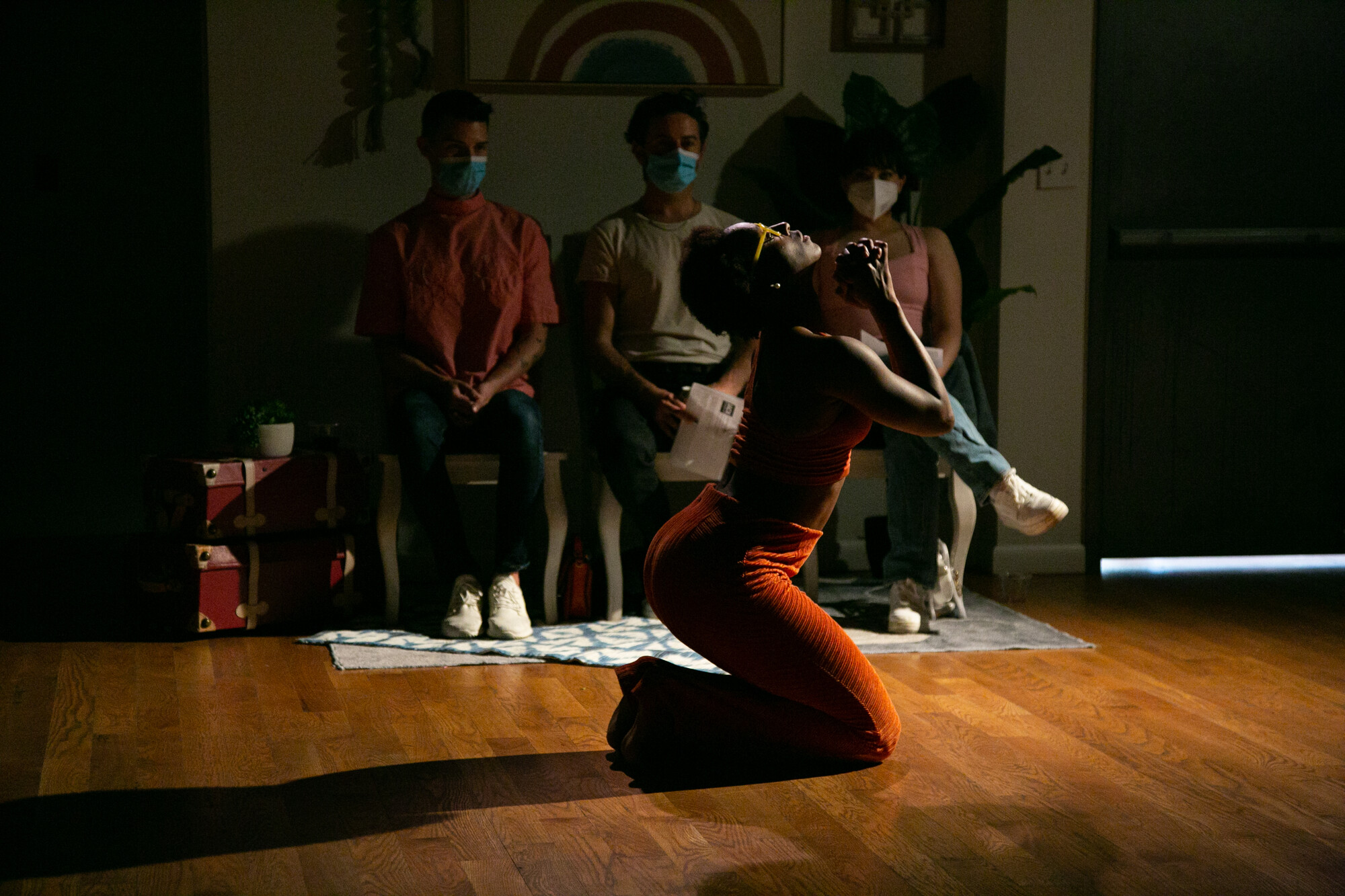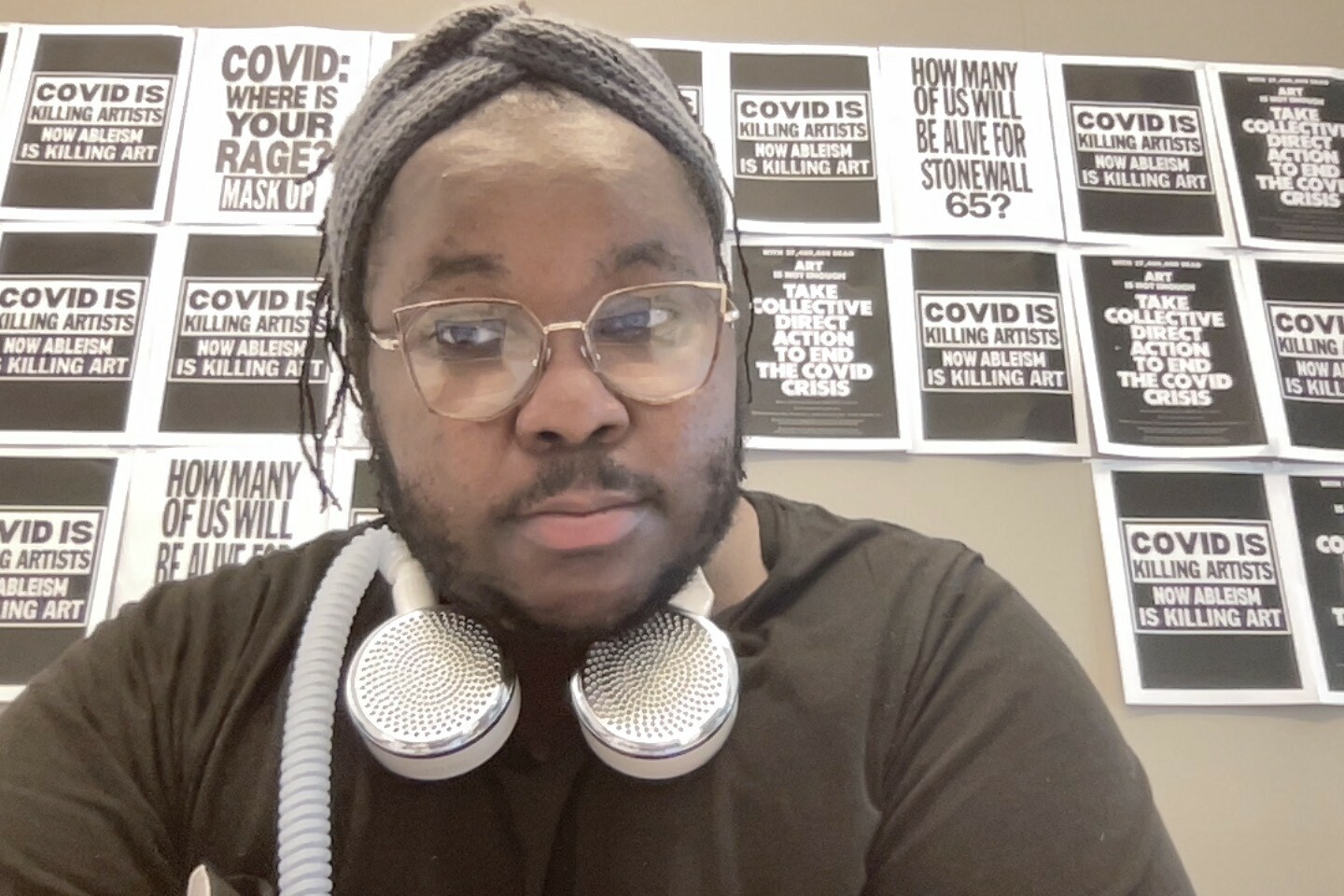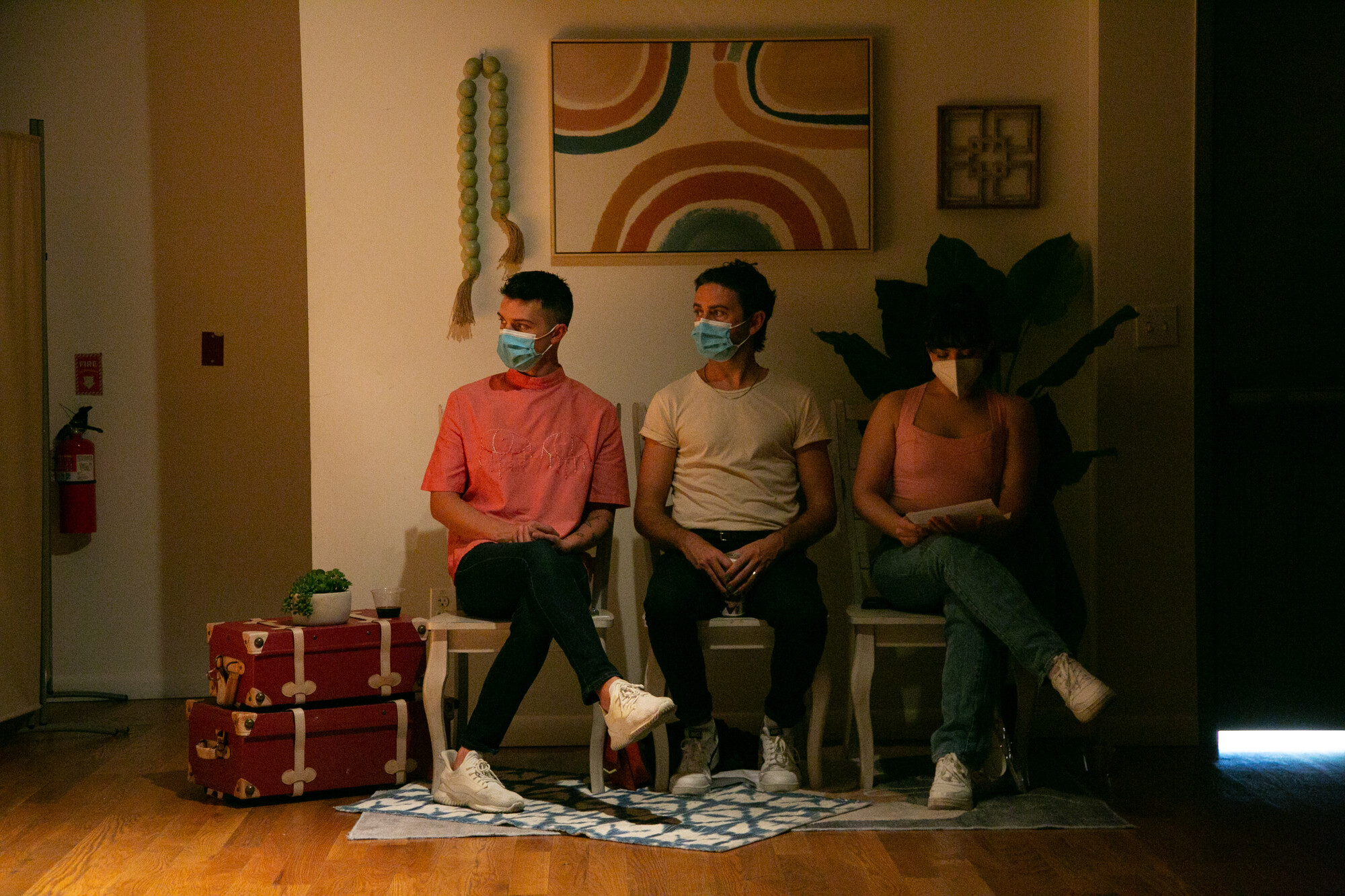Within the last six months, I’ve heard of over a dozen shows that canceled performances due to a positive COVID case within the cast and/or crew. I started listing them, but why single out those shows? My theatremaking friends in different cities have noticed the same. It’s happening on Broadway, in regional theatres, in storefront theatres. This is an industry-wide problem.
Still, I hear people say we are “post-pandemic.” While I personally know theatremakers who care about COVID in 2024, I’ve seen little widespread acknowledgment of the problem. The only major discussion of COVID I see from theatres today is to announce a performance was canceled.
Our industry is not an outlier in its silence. There is a massive dissonance within the United States around COVID. In the first four weeks of 2024, over two thousand Americans died of COVID each week, and at least one thousand have died of COVID each week since. Yet, the Centers for Disease Control and Prevention (CDC) reduced the recommended isolation period of a person with COVID from five days to one day–even though the science hasn’t changed. The public health emergency for COVID ended in May of last year, taking the funding with it. I previously got PCR tested weekly in my city and received two KN95 masks and two rapid tests. Since May, I have only been able to get free rapid tests from my local library intermittently—sometimes they’ve only had expired tests, and sometimes they’ve had no tests at all. We have less resources and guidance than we had for most of the pandemic thus far. When theatres produce shows with little acknowledgment of COVID and no advertised precautions, they are acting in alignment with the United States government. Some theatremakers will think that is fine. But many of us have claimed that we want to be different; we have the capacity to do so much more.
Do we care about collective care, or do we not?
I am a theatremaker who has dreamt of something different than the status quo. I am one of many. In 2020, we loudly proclaimed a desire for something better. We See You, White American Theatre was created, with a list of demands to develop “a new social contract for our work environments that cares for and sustains our artistry and lives.” Many theatres and artists amplified these demands as something to work toward. Theatres all over released statements explicitly calling themselves anti-racist. Some opened their spaces for people to use during protests on behalf of victims of anti-Black violence. There was a swelling of energy around building a more equitable theatre that cared for all. Four years later, it feels like most theatremakers have lost that energy.
The stark difference between how the theatre industry showed up in the early stages of the pandemic and what we are (not) doing now was a primary focus of the conversation that I had with playwright and translator Caridad Svich. She has been continuously banging the drum for COVID precautions in whatever avenue she has access to, including social media. She often quote tweets information about COVID with “theatre, are you listening?” I wanted to amplify what she thinks theatre needs to hear.
“Do we care about collective care, or do we not?” Caridad asked. The two of us shared how we were baffled by the lack of care from those who claim to be committed to Diversity, Equity, and Inclusion (DEI). “You can’t be talking about DEI and then doing exclusionary practices that harm your community,” she said.
COVID harms all community members. Being vaccinated against COVID-19 reduces risk of being very ill or hospitalized, but it does not provide full immunity—especially as the virus spreads, mutates, and creates more immune-resistant variants. How ill you get while infected is not the only concern; there is also the worry of developing long-term symptoms or long COVID. There are a variety of statistics that scare me—one study found that one in seven Americans had developed long COVID by the end of 2022.
The impacts of long COVID on theatre workers, Caridad reminded me, are what the theatre industry is least prepared for. “If one in seven of your audience and one in seven of your arts workers have long COVID, how are you going to take care of them?” she asked. “What type of work are you going to make and how will you make it accommodate their needs? You can’t.” Continuing to spread COVID amongst our casts and crews increases the chances they may be less able to create theatre in the future.





















Comments
The article is just the start of the conversation—we want to know what you think about this subject, too! HowlRound is a space for knowledge-sharing, and we welcome spirited, thoughtful, and on-topic dialogue. Find our full comments policy here
From the bottom of my heart, thank you for speaking up about COVID. I am not in the theatre industry anymore for many reasons but one of them is because of the inaccessibility. It is healing to see that somone out there cares.
Thank you, Taylor, for this compassionate, practical! and powerful essay. I'm with you as a daughter and helper to my elderly mother and a member of the Asian American community. Many of our elders not only are wary of Covid-19 but anti-AAPI violence that our communities have experienced during this time. As a theatermaker and producer, providing masks and tests is one of the many easy ways we can make it easy for artists and audiences to stay healthy. I'm with you about our national indifference to the impact of Covid-19 on vulnerable populations and communities of color. Thank you for your care, education, and advocacy!
Thank you for reading, Eugenie, and for these kind words! Here is hoping that continuous education and advocacy can bring a shift!